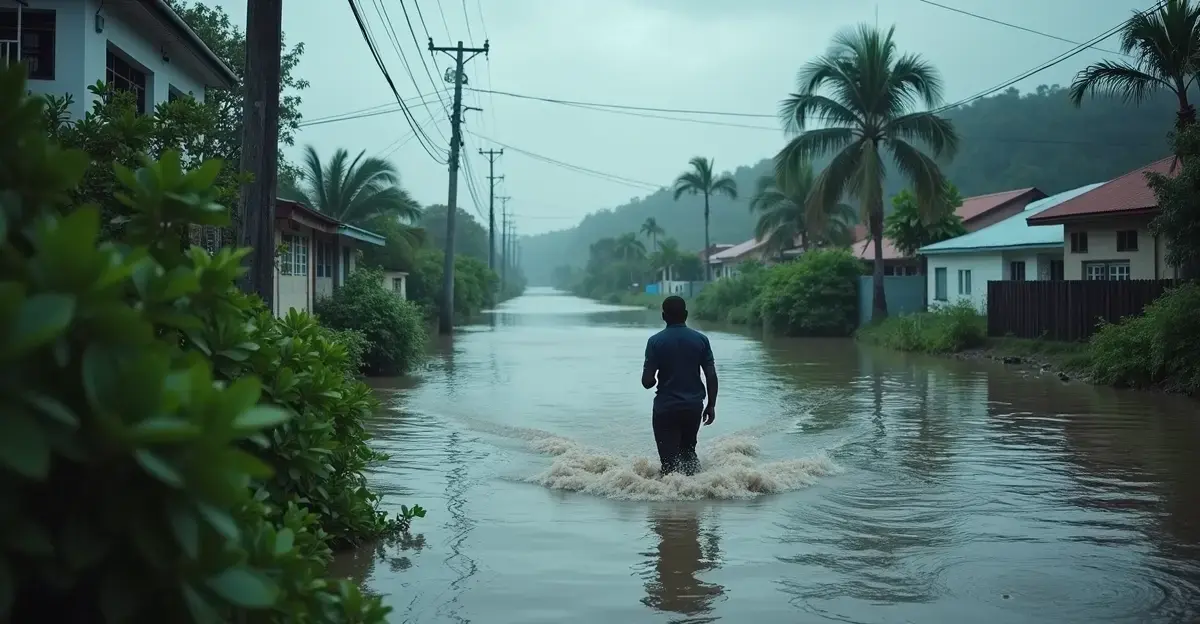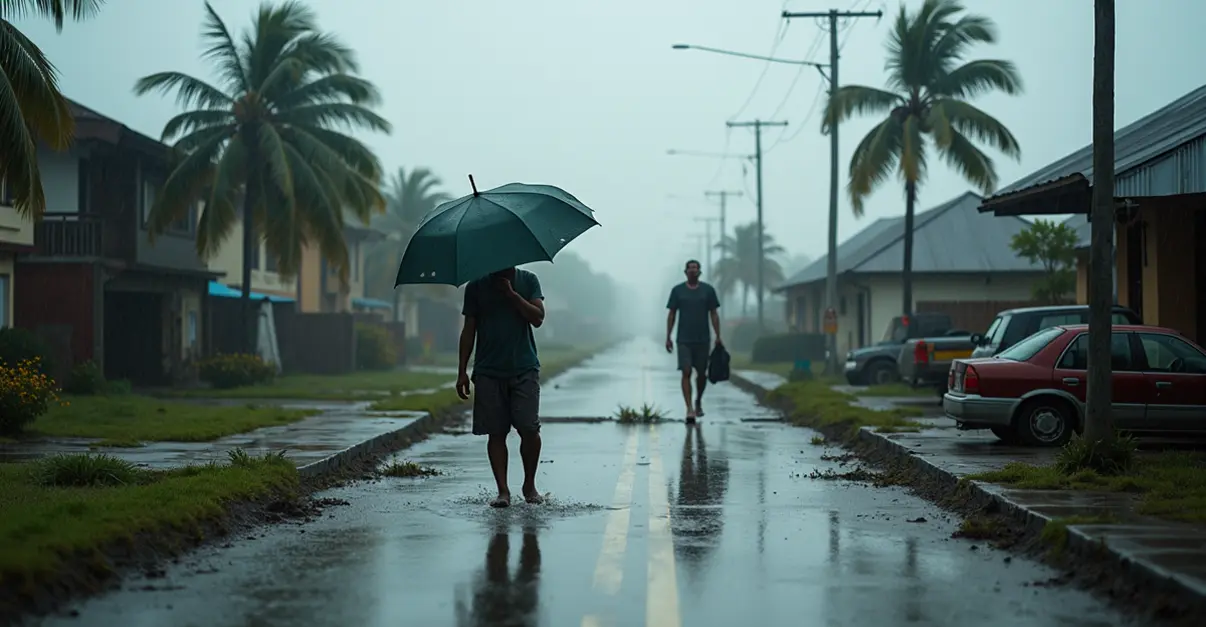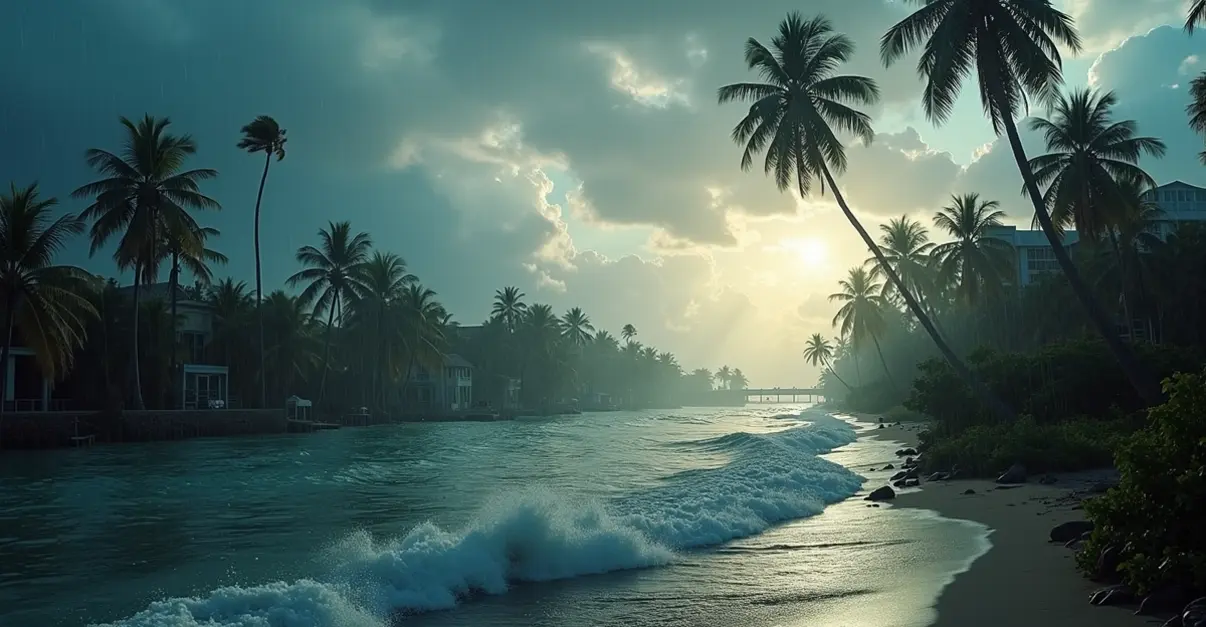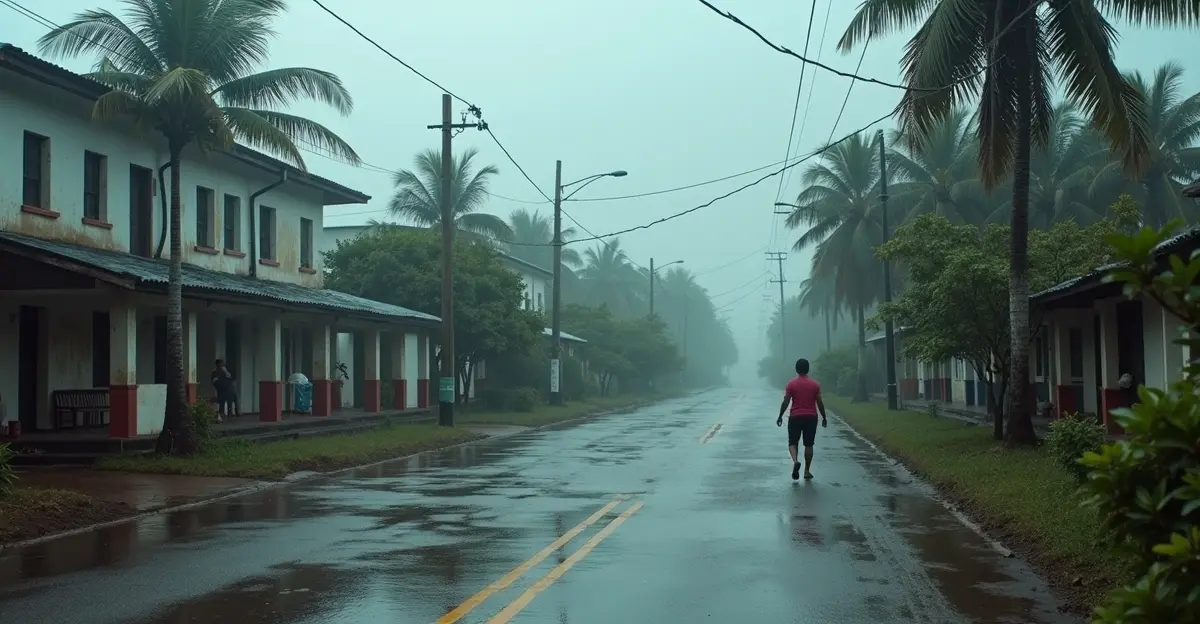Jamaica faces catastrophic Hurricane Melissa, a Category 5 storm with 175 mph winds affecting half the population. Slow movement brings extreme flooding risk, with evacuations underway and infrastructure concerns.
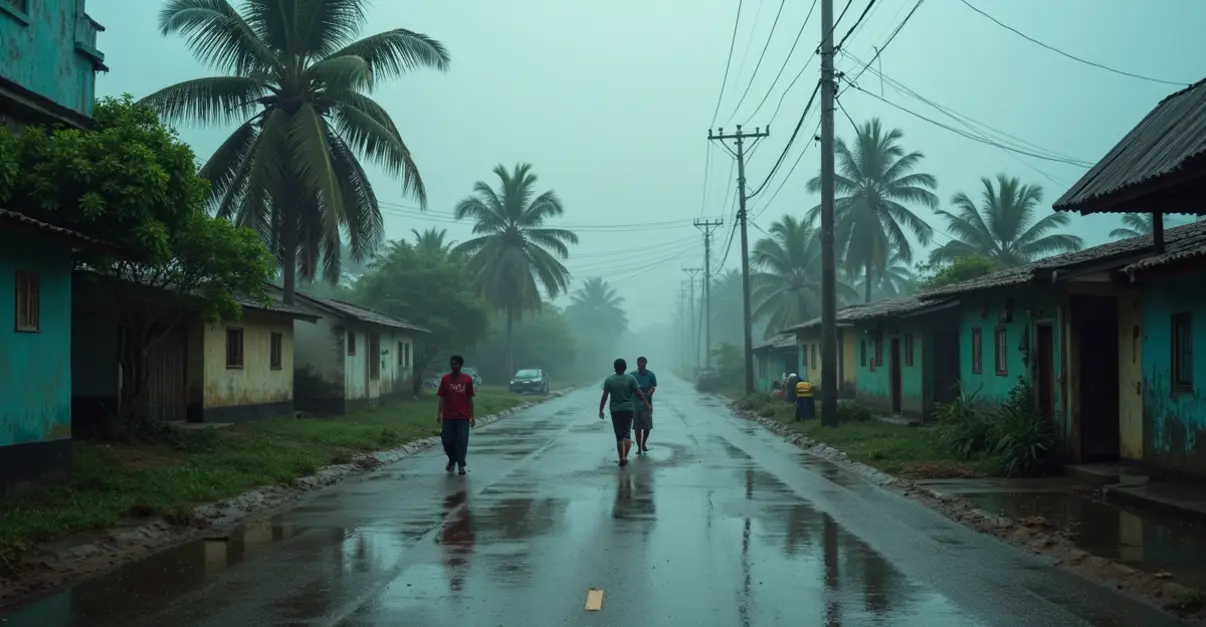
Historic Category 5 Storm Threatens Half of Jamaica's Population
Jamaica is facing an unprecedented threat as Hurricane Melissa, the strongest storm of the 2025 Atlantic hurricane season, approaches the Caribbean island with catastrophic force. The Category 5 hurricane, packing sustained winds of 175 mph, is expected to make landfall early Tuesday morning, potentially becoming the most powerful storm to hit Jamaica since record-keeping began in 1851.
Slow-Moving Catastrophe
What makes Hurricane Melissa particularly dangerous is its slow movement - crawling at just 8 kilometers per hour - which means the storm will linger over the island for an extended period, dumping massive amounts of rainfall. The National Hurricane Center warns of up to 40 inches of rain in some areas, creating conditions for catastrophic flash flooding and landslides. 'Because it's moving so slowly, it will bring a tremendous amount of rain. The risk of storm surge and landslides is greater, especially since Jamaica has a steep, hilly interior,' a local climate scientist told CNN.
Mass Evacuations and Infrastructure Concerns
Jamaican authorities have implemented widespread evacuation measures, particularly in vulnerable coastal areas like Port Royal near the capital Kingston. Over 800 shelters have been opened across the island, though officials report only 133 are currently being used. The government has urged residents to take the threat seriously, but many are choosing to remain in their homes despite evacuation orders.
Prime Minister Andrew Holness expressed grave concerns about the island's infrastructure capacity, stating: 'There is no infrastructure in the region that can withstand a category five disaster. The question now is how quickly recovery proceeds. That's the challenge.'
Human Stories Amid the Crisis
Despite official warnings, some residents are refusing to evacuate. 'I hear what they're saying, but I'm not leaving,' said Noel Francis, a 64-year-old fisherman who lives on the beach in the southern town of Old Harbor Bay, where he was born and raised. 'I'll manage.' His neighbor, Bruce Dawkins, expressed similar determination: 'I'm not going anywhere,' said Dawkins, dressed in a raincoat with a beer in hand.
Regional Impact and Historical Context
Hurricane Melissa has already claimed lives before reaching Jamaica, with three fatalities reported during storm preparations according to the Ministry of Health. The storm represents the third Category 5 hurricane of the 2025 season and ranks as the eighth-most intense Atlantic hurricane on record, according to Wikipedia.
Beyond Jamaica, the hurricane is expected to impact eastern Cuba with hurricane-force winds and up to 25 inches of rain, while the Bahamas and Turks and Caicos Islands face significant storm surges. The United Nations has prepared emergency aid for affected countries, deploying humanitarian staff and allocating $4 million specifically for Cuba.
Tourist Stranded and Economic Impact
The storm has stranded American tourists on the island as flights have been canceled. Many visitors have joined locals in seeking shelter as the storm approaches. The economic impact is expected to be severe, with extensive damage to infrastructure, agriculture, and tourism - Jamaica's primary economic sectors.
A spokesperson told Reuters that approximately 1.5 million people - roughly half of Jamaica's population - are expected to be affected by the storm. The slow-moving nature of Hurricane Melissa means recovery efforts will face significant challenges, with potential long-term consequences for the island nation's development and climate resilience.

 Nederlands
Nederlands
 English
English
 Deutsch
Deutsch
 Français
Français
 Español
Español
 Português
Português





